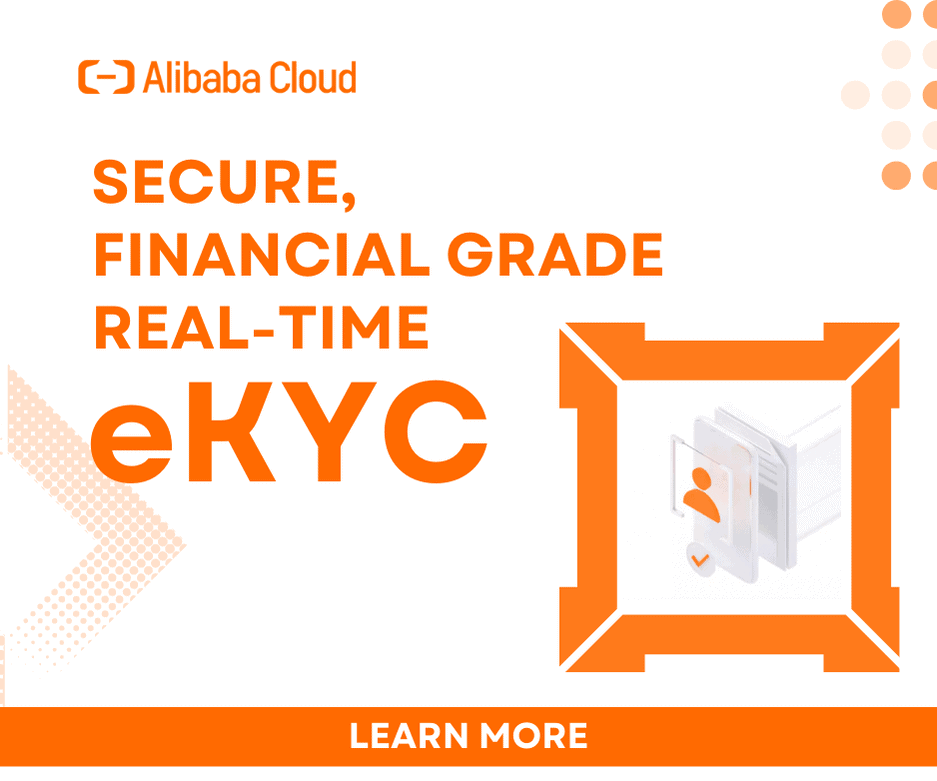
How to Build a Digital Bank That’ll Actually Serve the Underserved
by Fintech News Philippines March 10, 2021With many regulators in the Southeast Asian region making their moves towards digital banks, it’s not hard to see why financial institutions within the region are scrambling to put out their own take on a concept that is deemed as banking’s future. One of such banks is UNObank, operated by Singapore-owned DigiBankASIA.
UNObank’s claim to fame is the “one” concept, UNO, which only requires one full-suite app that handles all its functions, one card for all banking activities, and even approves credit within one minute.
In a webinar session titled “How to Build a Digital Bank from Scratch” the Fintech News team spoke with UNObank, Backbase, Mambu, and Amazon Web Services, to take a behind the scene look on how they’ve worked to build a digital bank unique to the Philippines’ needs.
The central ethos that underscores UNObank’s entire concept is a phrase often reiterated during the livestream: a customer-first thinking; or also known as the outside-in thinking.

Manish Bhai, CEO of UNObank
Manish Bhai, CEO of UNObank opines that “there are plenty of digital banks. What’s important is building a successful one”. The customer-first thinking is a key ethos to how the team executed UNObank.
“A concept which I think has been over-exaggerated today is ‘bank in a box’. There are modules in the box, but a truly customer-first, AI-first differentiated bank is all about the experience,” he said.
The customer-first thinking shows itself partly through what Manish deems a differentiating point: the front-end. Customer touchpoints include the UI/UX to their one-stop-shop app that was lavished with attention, engagement, interactions with clients, and even how it all flows in the backend.
The goal isn’t just to create something resilient today but survives the test of time even for the next 15 years.
“When you look at the customer front, you have to look at the pain areas. And as long as you are guided by the pain areas, and what the unmet needs are today, you will always end up with a positive solution.”
Customer First Thinking and its Impact

Riddhi Dutta, Regional Head in Backbase said, “we all talk about going live to the market very quickly, but what we end up missing is today’s customers are looking for very tailored experiences.”
Therefore, what matters is finding out how customers behave, so that financial institution can create a unique experience for users. If a new offering too closely mimics another product designed for a completely different segment, then it certainly won’t be able to cater to this customer’s financial wellbeing.
When what your customer wants is at the center of your strategy, there’s no need to crack your brain on how to launch a product. A customer-first approach will inevitably lead you to the expected financial products like loans, deposits, and cards. A customer-centric approach in fact, has a bonus of ensuring your products will automatically get sales.
Riddhi recalls that one of the key things “digitally savvy” banks do better is cutting out silos: both in their thought process and how they approach customers. Here though, he opines that UNObank has another advantage. While incumbents have to work to drop their silos, UNObank is starting fresh without any baggage.
Get Aggressive
Instead, many of the collaborators also agreed that the top brass at UNObank’s willingness to get bullish was a crucial element to the synergy that propelled the development of the digital bank.

Pete Murray, Head of FSI in AWS
Pete Murray, Head of FSI in AWS Asean, said “the core ingredient that we see as the most important for any organisation, large or small, is to have this kind of mindset in their senior leadership that’s willing to set aggressive top-down goals and execute against those goals.”
The aggressive approach also applies to how the digital bank interprets the format.
Of course, one cannot preclude that UNObank has an advantage.
As Myles Bertrand, Managing Director in Mambu opined during the livestream, “The UNOs of the world have an advantage that they’re not hamstrung by their legacy processes, their culture, [and] people who’ve done it the same way within 20 years in the bank.”

Myles Bertrand, a Managing Director in Mambu
In fact, Myles shared that incumbents with their legacies may feel like “trying to get the Titanic to turn the corner, rather than a speedboat”. UNObank, the speedboat in this metaphor, is just more equipped to make changes quickly, and responding to the market much faster than incumbents can.
All is not lost for incumbents, fortunately, as Myles outlines an example of a large European bank that approached things from a business perspective: they built a completely separate business unit, and a new platform from scratch but still use the bank’s license and credit decisioning rules. As a result, a 3-4 week loan approval timeline was shortened to just 15-minutes, all while using the customer-first approach. They knew exactly which wheels needed greasing, and were more efficient with their digital transformation.
Finding The Right Business Partners
“We can talk about technology and we’re passionate about that. But in this kind of scenario where we’re building a digital bank together and doing it at speed, it’s all about that cultural alignment,” said Pete.
Pete believes that it’s important to realise when ideas and goals should be delivered internally, but also when to prioritise speed and find partners who can deliver in a timely manner especially in digital banking where speed matters.
Meanwhile according to Manish, “we [were] looking for partners with secure products, resilient and scalable. Absolutely no compromise on that. Even if it’s slightly expensive, this is something where one cannot make a compromise or cut corners.”
Speed would enable them to deliver products at a more timely manner. For example, Pete from AWS brings up the recent COVID-19 crisis as an example. It was a time that required flexibility and other solutions, and it needed these solutions in weeks, not years. Therefore, flexibility and agility are important, and a digital bank needs a partner that will keep investing into technology as a stock that’s always moving northwards.
Technology-Focused, but With The Human Touch
Myles goes further to state that “digitisation isn’t just putting an app out there. The challenge you have with a lot of organisations is they think you have a great digital engagement layer to create personalisation, but the actual origination, credit approval and other things that sit behind that process are still quite manual.”
So a customer starts with a great experience, but they still end up waiting for a week to get their loans approved.
“The banks need to think of it as technology is an enabler to allow them to do things differently to align with their customer expectations, and not box themselves into a corner,” said Myles. To him, the future-proof banks are the ones who allow themselves to be flexible. Too many banks simply want the same thing on a newer platform, hindering true innovation.
Manish doesn’t think that digital banks imply facelessness. In fact, they are “definitely committed in [their] approach that though it’s a digital bank, there will always be a [human] reach out.”
Technology supported by humans is UNObank’s approach to the Philippines. One example given is an in-development app for their customer service representatives to somewhat remotely control a customer’s phone, in a secured environment, to assist them.
“Emerging markets are not yet ready for a fully digital experience. There’s still a need for a base behind it. Again by leveraging technology, you can make sure you have a very enabled feel force or a contact center where there are actual humans behind them who are talking to you leveraging the same technology,” said Manish.
This was a summary of the main points discussed during a fireside chat. The full breakdown of this conversation can be found at “How to Build a Digital Bank from Scratch” on the Fintech Fireside Asia channel.
If you enjoyed this content, please do consider subscribing to our YouTube Channel for more








